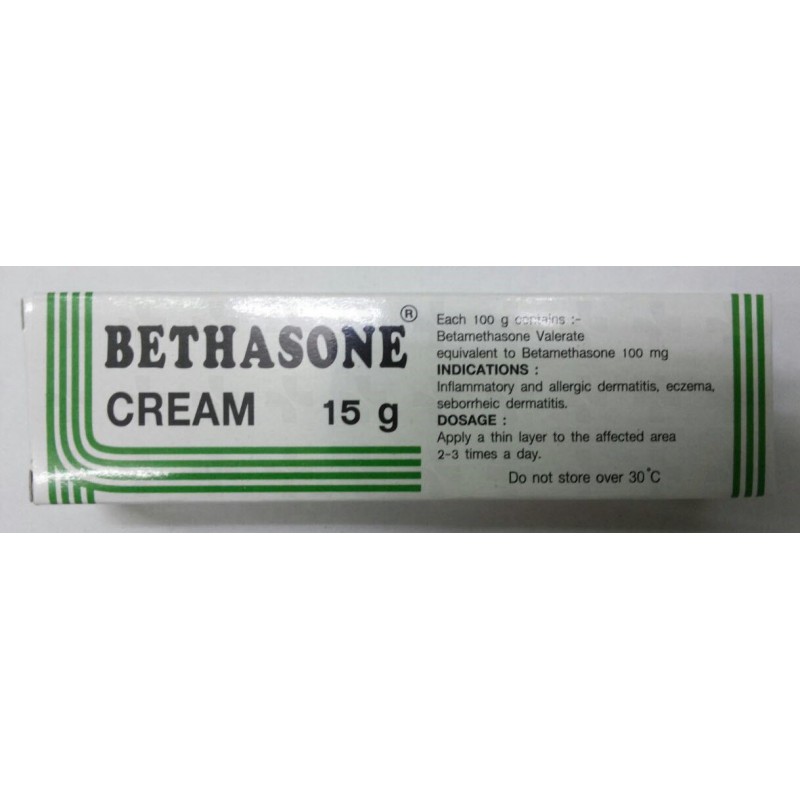

EnergyĬomputation is an organization of energy in the form of ordered state transitions transforming physical information towards some end. If we live in such a world where brains are highly efficient, those of us interested in creating benevolent AGI should immediately drop everything and learn how brains work. This has important implications for AI-safety: it predicts/postdicts the success of AI approaches based on brain reverse engineering (such as DL) and the failure of non-brain like approaches, it predicts that AGI will consume compute & data in predictable brain like ways, and it suggests that AGI will be far more like human simulations/emulations than you'd otherwise expect and will require training/education/raising vaguely like humans, and thus that neuroscience and psychology are perhaps more useful for AI safety than abstract philosophy and mathematics. In worlds where brains are ultra-efficient, AGI necessarily becomes neuromorphic or brain-like, as brains are then simply what economically efficient intelligence looks like in practice, as constrained by physics.

In worlds where brains are efficient, AGI is first feasible only near the end of Moore's Law (for non-exotic, reversible computers), whereas in worlds where brains are highly inefficient, AGI's arrival is more decorrelated, but would probably come well before any Moore's Law slowdown. If the brain is about 6 OOM away from the practical physical limits of energy efficiency, then roughly speaking we should expect about 6 OOM of further Moore's Law hardware improvement past the point of brain parity: perhaps two decades of progress at current rates, which could be compressed into a much shorter time period by an intelligence explosion - a hard takeoff.īut if the brain is already near said practical physical limits, then merely achieving brain parity in AGI at all will already require using up most of the optimizational slack, leaving not much left for a hard takeoff - thus a slower takeoff.
Otomax human equivalent software#
software efficiency in suitability of learned algorithms to important tasks, is not directly addressed in this article īrain efficiency matters a great deal for AGI timelines and takeoff speeds, as AGI is implicitly/explicitly defined in terms of brain parity.learning/data efficiency in samples/observations/bits required to achieve a level of circuit efficiency, or per unit thereof.circuit/compute efficiency in size and steps for key low level algorithmic tasks.speed efficiency in time/delay for key learned tasks.spatial efficiency in ops/mm^2 or ops/mm^3.Revised: 03/2022 Merck Sharp & Dohme Corp.What if the brain is highly efficient? To be more specific, there are several interconnected key measures of efficiency for physical learning machines: This package is contained within the CARTON (0061-0089-03) This package is contained within the CARTON (0061-0089-02) This package is contained within the CARTON (0061-0089-01) Orbifloxacin, mometasone furoate, and posaconazole suspension (click image for full-size original) POSATEX STORAGE INFORMATION: Store at temperatures between 2°-30☌ (35.6°-86☏). Aural pain, swelling, or heat were each noted in 3 separate dogs in the 5× group. There was a slight decrease in serum cortisol concentration after ACTH stimulation on Day 21 in the 5× group.

The control group received the vehicle in both ears at the clinical dose given five times per day. Percent of Dogs Showing Improvement in Clinical Signs of Otitis Externa Clinical SignĪNIMAL SAFETY: POSATEX ® Otic Suspension was administered at 1,3, and 5 times the recommended dosage for 21 consecutive days. Assessment of effectiveness was based on improvement in clinical signs at re-evaluation 2-7 days following administration of the last dose.Ĭompared to the placebo, a significant percent of dogs treated with POSATEX ® Otic Suspension showed improvement in clinical signs (discomfort, erythema, and swelling) caused by otitis externa associated with one or more of the following organisms: Malassezia pachydermatis, coagulase positive staphylococci, Pseudomonas aeruginosa, and Enterococcus faecalis. Treatments were administered once daily for 7 consecutive days. Of the 160 dogs evaluated for effectiveness, 122 were treated with POSATEX ® Otic Suspension and 38 were treated with placebo ointment. One hundred and ninety one dogs with naturally occurring clinical otitis externa associated with both yeast and bacteria were randomly allocated to either POSATEX ® Otic Suspension or placebo ointment. EFFECTIVENESS: The effectiveness of POSATEX ® Otic Suspension was evaluated in a placebo-controlled, double-blind, multi-site field study.


 0 kommentar(er)
0 kommentar(er)
